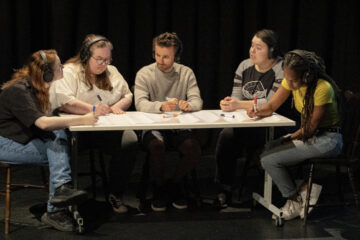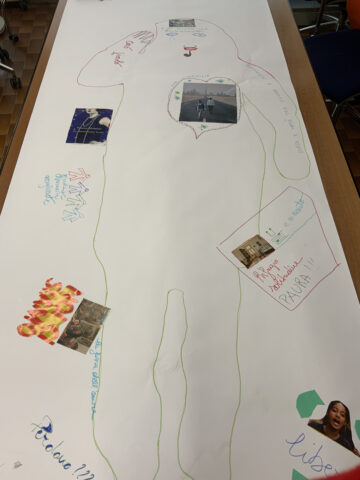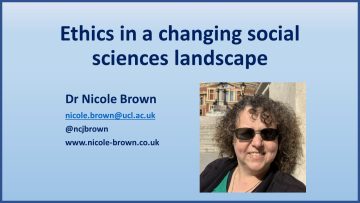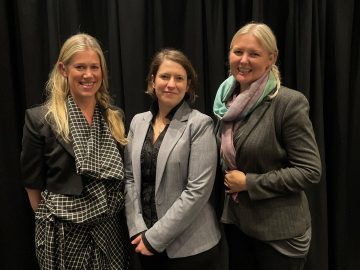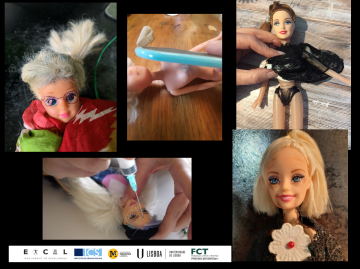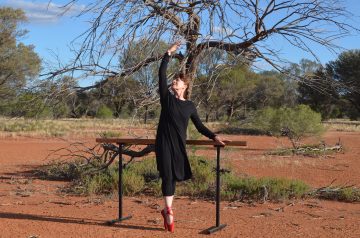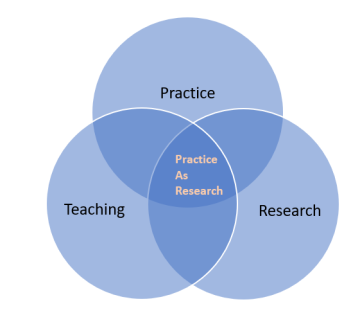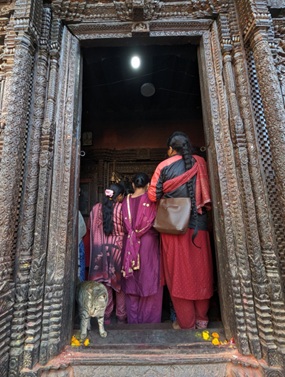
Source: Sushma Bhatta
In this blog post Dr Ranjita Dhital presents creative and participatory approaches to reduce alcohol harm in Nepal.
Though most people in Nepal do not consume alcohol, but those who drink do so in increasingly harmful ways. This has become a worrying trend in Nepal, leading to increased health and social problems for the drinker, their families, and communities. Alcohol has a long historic and cultural significance in Nepal. It is used in religious ceremonies, community festivals and other activities (see picture). In particular, the harmful custom of consuming locally made alcohol is concerning (usually made from grain and ranging from 10% to 40% of pure ethanol). There is also a growing harmful illicit market in the sale of this unregulated alcohol, and many poor communities rely on this as their main household income.
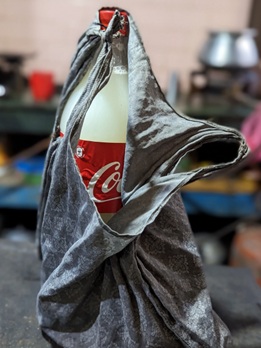
Source: Sushma Bhatta
Of the limited alcohol research and policy development in LMICs, very few have explored perspectives, contexts or experiences of individuals and communities. There is also no known intervention which has led to significant reduction in alcohol harm in Nepal. In LMICs’ health systems, resources including healthcare staff are limited. Therefore, alternative approaches are needed to increase availability and access to care by harnessing existing community assets more effectively. The use of cultural and community assets in public health can reduce stigma, raise awareness, and enable engagement of diverse communities. Such public health approaches would require participatory and co-design methodologies to examine cultural and community assets, including the arts, cultural heritage sites, natural environment, and community groups on their potential to reduce alcohol harm and associated risks.
First steps to exploring alcohol use in Chitwan District of Nepal:
We first scoped the breadth of existing cultural and community assets and how these were perceived by alcohol users and community health workers. The study was conducted in Chitwan, south-central Nepal, known to have considerable alcohol problems. Participatory asset mapping was conducted using field notes, photography, and through engaging with communities to explore how community assets affect alcohol consumption.
Semi-structured photovoice interviews were conducted with harmful drinkers (n= 12) (assessed through the validated Alcohol Use Disorder Identification Test (AUDIT) screening questionnaire) and community health workers (n= 6). During the interviews, participants used their photographs to reflect on how community assets influenced alcohol consumption and their relationship with alcohol.
Following thematic framework analysis three themes were produced: ‘influences and impact of families and communities’; ‘culture and spirituality’; and ‘nature and the environment’. The community mapping generated five factors which increased alcohol consumption: (1) availability; (2) advertising; (3) negative attitudes towards users; (4) festivals/gatherings; and (5) illiteracy/poverty. Six assets that discouraged consumption were: (1) legislation restricting use; (2) community organisations; (3) cultural/spiritual sites; (4) healthcare facilities; (5) family and communities; and (6) women’s community groups.
Those from certain ethnic groups consumed more alcohol, experienced family discord, or felt stigmatised due to their drinking. Assets such as ‘festivals/gatherings’ and ‘negative attitudes toward users’ and the theme ‘family and communities’ concerned with relationships and community activities were perceived to both promote and reduce alcohol use.
This was one of the first known studies in Nepal to explore alcohol use within the context of cultural and community assets. This research identified new possibilities to build on participatory and arts-based research methods.
This study was funded by Global Challenges Research Fund (GCRF; grant no. 48304AY). See open access link to study publication: https://journals.sagepub.com/doi/epub/10.1177/17579139231180744
Current Alcohol Co-design and Community Engagement (ACE) study
Following the study in Chitwan our interdisciplinary researchers and collaborators from Nepal and UK are co-producing the first known Critical Realist Review to examine a range of evidence (Dhital et al, forthcoming). The review will include published research from Nepal which have incorporated creative or participatory approaches in their methodology, policy documents and cultural resources considered to be assets by communities to reduce alcohol harm. To understand the value these cultural assets our research team conducted sensory ethnographic work around the study area Patan (an area known for its significant cultural heritage near Kathmandu). This involved exploring possible connections between culture, health and social consequences of alcohol use through regular observations (note taking, photography and filming) and through engaging with local communities.
We also plan to host an interactive community festival with local communities, artists and stakeholders to enrich our study findings. This includes identifying possible training and support needs with local communities, make recommendations to inform policy and plan future research. This study will support WHO Nepal’s work to reduce alcohol harm and strengthen its implementation roadmap in line with WHO’s Global alcohol action plan 2022–2030 and Sustainable Development Goals.
The ACE study is funded by the UK Arts and Humanities Research Council (AHRC, Grant Reference AH/X003973/1) and UCL Arts and Sciences Department Research Development fund awarded to Ranjita Dhital.
Dr Ranjita Dhital is a Lecturer in Interdisciplinary Health Studies in the Arts and Sciences Department (UASc), Director of Research and Graduate Research Tutor. She is a Fellow of the Royal Society of Public Health (FRSPH), a registered pharmacist and a sculptor.
Her public health research is informed by creative and participatory methodologies. Her research applies arts and community-based approaches to reduce alcohol harm and promote mental wellbeing in high- and low-income countries. She is also using creative Participatory Action Research and Experience-based Co-design methods to optimise community pharmacy spaces (PRUK Leverhulme Fellowship) – The Architecture of Pharmacies.
She has practised as an addiction specialist pharmacist for the NHS, a community pharmacist and worked in public health. She founded and leads the ‘Creative Nepal: Arts-Health Community’ and the ‘International Arts in Pharmacy network’ . She is Chair of the ‘Royal Society for Public Health’s Arts Health and Wellbeing SIG’ and co-leads the ‘Neurodiversity In/& Creative Research Network’. She is the Director of Research and Graduate Research Tutor.
